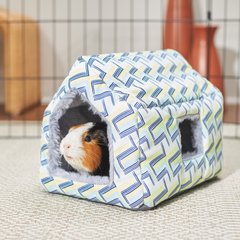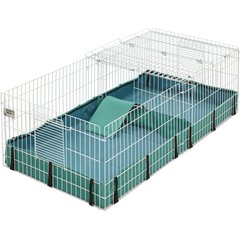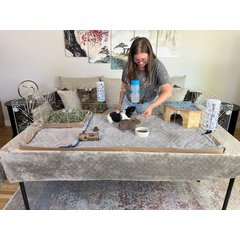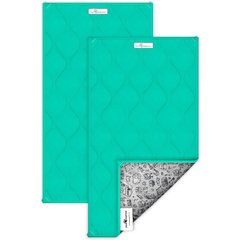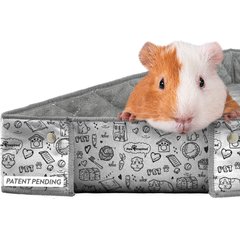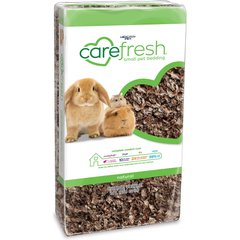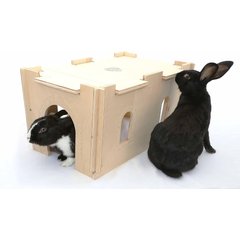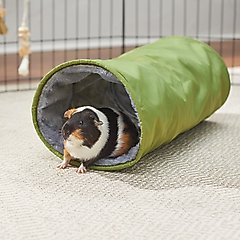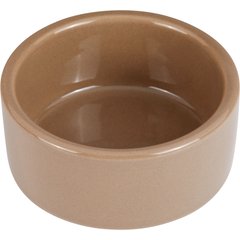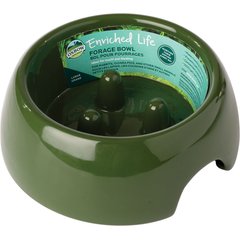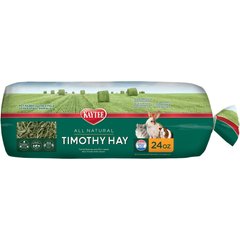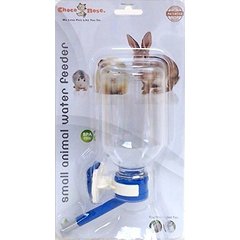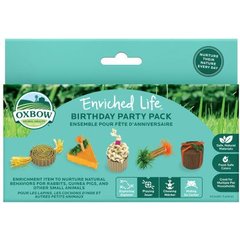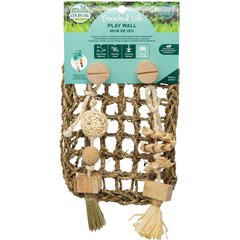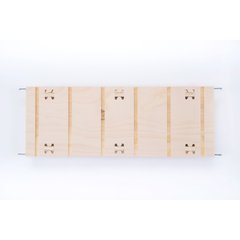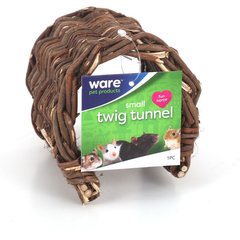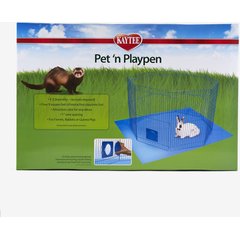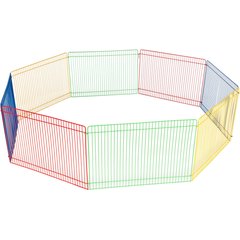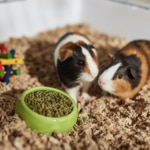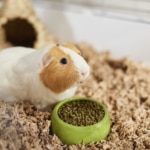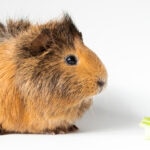A Pet Parent’s Guide to the Best Guinea Pig Cages
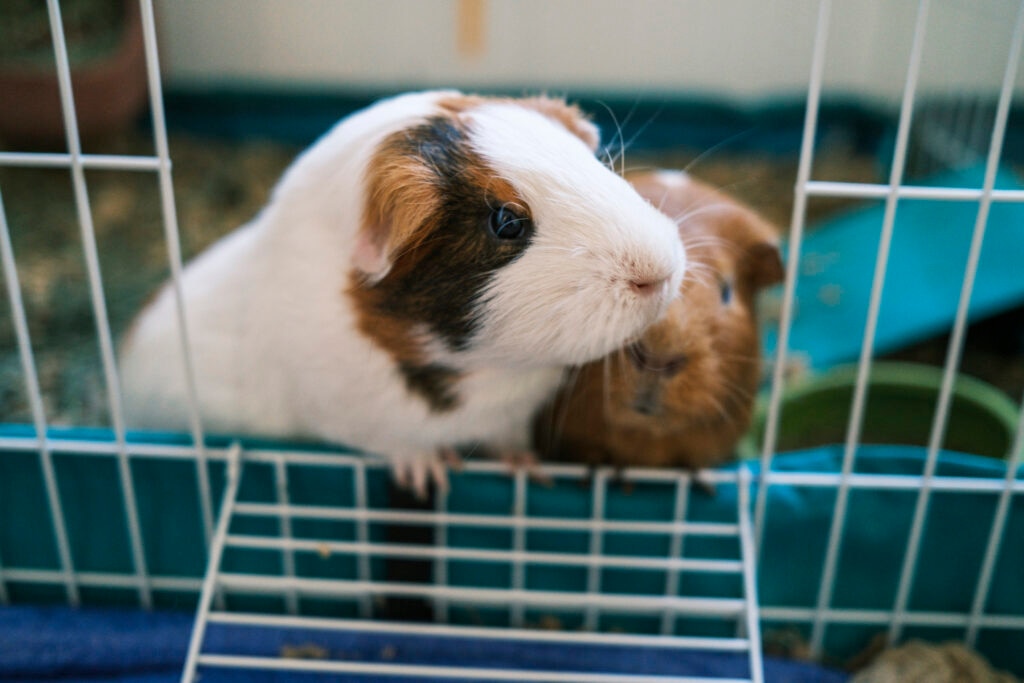
Photo by Cavan Images/iStock/Getty Images Plus
Bringing home a guinea pig is a big moment—and one of the first (and most important) things you’ll need to do is set up a safe, cozy space for the arrival of your new pet.
Guinea pigs may be small, but they have big needs when it comes to housing.
A well-designed cage gives your guinea pig the room they need to play, sleep, eat, and feel secure. It also makes your life easier by streamlining cleaning and bonding time.
In this article, you’ll learn how to choose the best guinea pig cage for your space, budget, and piggy’s lifestyle—whether you’re starting with one or adopting a bonded pair. You’ll find tips on what to look for, how to set up your guinea pig’s home, and product picks that will make getting started a breeze.
Key Takeaways
- Guinea pigs need spacious cages with good airflow and solid flooring.
- The minimum recommended cage size is 36” L x 30” W x 18” H— but bigger is always better.
- Cage features like ramps, hideouts, and easy-clean trays help keep pigs happy and active.
- Choose a cage designed specifically for guinea pigs—not hamsters, rabbits, or any other exotic pet.
What To Look for in a Guinea Pig Cage
When shopping for a guinea pig cage, size and safety are the most important factors.
Guinea pigs are active animals who need space to explore, play, and interact with their environment. A cramped cage can lead to stress, obesity, and even behavioral issues.
Let’s look at the most important features of the best guinea pig cages.
1. Proper Size
For one guinea pig, the minimum recommended cage size is 7.5 square feet (about 30 inches x 36 inches). For two guinea pigs, aim for at least 10.5 square feet (about 30 inches x 50 inches). When in doubt, bigger is always better—your piggies will appreciate the extra room to play, explore, and have zoomies.
2. Solid, Comfortable Flooring
Wire floors can hurt your guinea pig’s sensitive feet and cause a painful condition called bumblefoot. Always choose cages with a solid plastic base that’s comfortable and easy to clean.
3. Easy Access and Cleaning
Look for a cage with a large front or top opening so you can easily reach in for cleaning, feeding, and bonding. Removable trays or deep plastic bottoms make cleanup simpler.
4. Good Ventilation
Guinea pigs have delicate airways—so airflow is extremely important for preventing odor buildup, keeping a healthy environment and preventing upper respiratory infections (URI).
Wire-sided cages have great ventilation—just ensure the bars are spaced close enough to stop escape.
5. Room for Accessories
A good guinea pig habitat should have enough space for hideouts, food bowls, hay racks, and toys.
Recommended Products
Make sure you can arrange everything while still leaving plenty of open space for your pig to roam.
6. Expandability
Some cages, like modular or C&C (cubes and coroplast) cages, can be expanded over time. This is great if you decide to add a second guinea pig later or want to create a more dynamic play area.
Choosing the right cage from the start helps ensure your guinea pig feels safe, secure, and ready to thrive in their new home.
Top 2 Best Guinea Pig Cages for Pet Parents
Let’s look at two of the best guinea pig cages on Chewy.
Best Cage for One Guinea Pig
To keep your guinea pig happy, healthy, and energized, it’s important to offer a roomy setup that allows for plenty of popcorning and zoomies.
The MidWest Guinea Habitat Plus offers 8 square feet of space per panel—pet parents can get two so that they can connect multiple panels for more room.
Recommended Product
This cage even includes a dividing panel with a ramp to encourage exploration.
Best Large Habitat for Multiple Guinea Pigs
The Critter Colony Club Guinea Colony Starter Kit is thoughtfully designed to comfortably house multiple guinea pigs.
Recommended Product
It features a spacious floor plan that allows for ample room to roam, play, and establish separate resting areas—important for guinea pigs’ social and territorial needs.
The open-top layout supports excellent ventilation, while the secure sides keep pets safe. With easy-to-clean materials and included accessories, it’s a convenient and cozy habitat that encourages natural behaviors and bonding between cage mates.
How To Set up Your Guinea Pig’s New Home
Once you’ve picked the perfect cage, it’s time to turn it into a cozy, enriching environment for your new pet.
Guinea pigs thrive in a habitat that’s safe, soft, and full of opportunities to explore, which supports their natural instincts.
Here’s how to set up a guinea pig house that checks all the boxes.
1. Start With Soft, Safe Bedding
Choose paper-based bedding or fleece liners.
Recommended Products
Always avoid cedar or pine shavings—their aromatic oils can irritate a guinea pig’s respiratory system.
Line the entire floor of the cage for maximum comfort, absorption, and bumblefoot prevention.
2. Add a Hideout or Two
Guinea pigs are prey animals by nature, so they need places to retreat, sleep, and feel safe. A small wooden house, plastic igloo, or fabric tunnel gives them a place to relax and decompress.
Recommended Products
3. Set up the Food and Water Stations
Place a heavy ceramic food bowl (so it can’t be tipped over) and a hay rack within easy reach.
Recommended Products
Hay should always be available. You can offer your pig western timothy hay or orchard grass hay as a daily option. Do not offer alfalfa hay to your pig, as this is legume-based.
Recommended Product
Use a water bottle with a metal spout and a tip-proof water bowl.
Recommended Products
4. Include Chew Toys and Enrichment
Guinea pigs love to nibble and explore.
Add safe chew toys, ramps, tunnels, and cardboard tubes to encourage exercise and mental stimulation.
Recommended Products
5. Leave Room for Zoomies
Keep an open area in the middle of the cage so your guinea pig can do their signature zoomies and popcorning moves—signs of a happy pig!
Creating a well-set-up guinea pig habitat from day one will help your piggy feel secure, stimulated, and ready to bond with you.
Tips for Cleaning and Maintaining a Guinea Pig Cage
A clean cage is key to your guinea pig’s health and happiness.
Guinea pigs are sensitive to ammonia buildup from urine, and they can get respiratory issues if their cage isn’t cleaned frequently.
Fortunately, maintaining a clean cage doesn’t have to be difficult if you stick to a routine and use the right supplies.
Daily Tasks:
- Spot-clean soiled bedding. Scoop out wet or soiled areas, especially in corners or near food bowls and inside/under hideouts.
- Wipe down surfaces. Use a damp cloth to remove visible messes.
- Check food and water. Replace uneaten fresh veggies and refill and clean water bottles and bowls.
Weekly Tasks:
- Deep-clean your guinea pig’s cage. Remove your guinea pig from their cage before you clean, and place them into a safe playpen or carrier. Discard all bedding and wipe down the base and walls with a pet-safe cleaner like Nature’s Miracle Small Animal Cage Cleaner Spray or a diluted vinegar/water solution.
Recommended Products
- Scrub food dishes and water bottles. Prevent bacterial growth by using hot water and pet-safe, fragrance-free dish soap.
- Wash fleece liners. If you have reusable liners, wash them separate from human laundry with fragrance-free detergent.
Monthly Tasks:
- Inspect the cage for wear and tear. Check for loose wires, cracks in the plastic base, and worn-out ramps or platforms.
- Rotate toys and hideouts. Keep your guinea pig mentally stimulated by refreshing their environment.
Keeping your guinea pig’s home clean and fun keeps them healthy and happy and makes cuddle time more pleasant for both of you!
FAQs About Guinea Pig Cages
Can guinea pigs live in a rabbit cage?
No—rabbit cages are usually too high and may have wire floors, which are harmful to guinea pig feet.
How big should a guinea pig cage for two be?
At least 10.5 square feet (approximately 30 inches x 50 inches or larger).
Do guinea pigs need a lid on their cage?
Not always—if the sides are high and there are no other pets around, a lid isn’t needed.
Can I use a DIY C&C cage?
Yes! C&C (cubes and coroplast) cages are popular for flexibility and space.
Attributions
This article was created with assistance from AI tools. The content has been reviewed for accuracy and edited by a human.



